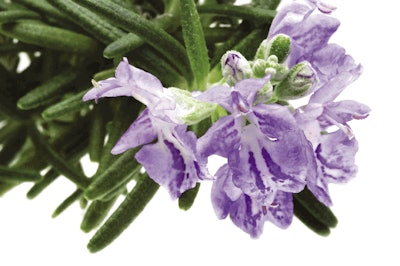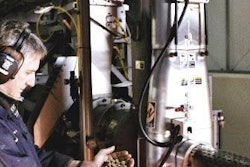
The FDA's Center for Veterinary Medicine (CVM) is a US consumer protection organization. The CVM is responsible for assuring that animal drugs and medicated feeds are safe and effective and that food from treated animals is safe to eat. This authority is derived from the Federal Food, Drug and Cosmetic Act. CVM is accountable for regulating drugs, devices and food additives given to, or used on, more than 100 million companion animals.
Petfood Industry recently asked the team at CVM responsible for the regulation of petfood about recent accomplishments, changes and challenges. Here are the official responses.
Recent noteworthy accomplishments?
The Center published and updated a guidance document about the manufacture and labeling of raw meat diets. This document offers suggestions to both the industry and consumers about how these diets should be manufactured, labeled and handled. The document, entitled "Guidance for Industry: Manufacture and Labeling of Raw Meat Foods for Companion and Captive Noncompanion Carnivores and Omnivores," is available on the Center's Internet site at www.fda.gov/cvm/guidance/guide122.htm. The Center continues to actively review and evaluate industry requests concerning the use of new ingredients in petfoods. Recent evaluations allowed the use of selenium yeast and taurine in dog foods. We also are working with the petfood industry in regard to acceptable claims on petfood products.
The Center recently contacted the animal food industry regarding the use of rosemary extract in animal diets. Rosemary extract is generally recognized as safe (GRAS) for use as flavoring as published in Title 21 of the Code of Federal Regulations in Part 582.20. As a flavoring, it rarely exceeds 50 milligrams in each kilogram of product. However, when the Center became aware recently that rosemary extract is being used as an antioxidant at levels substantially above the flavoring use rate and that these levels of rosemary extract presented animal safety issues, we communicated this concern in letters to several trade associations.
The Agency also recently dealt with two recalls of petfoods that contained either a naturally occurring mycotoxin or an incorrect formulation. Through the efforts of both the industry and the FDA, these unfortunate incidents were brought under control. Information on both these incidents is available on the Center's Internet site, www.fda.gov/cvm, which also contains articles and information that may be of interest to both the industry and consumers. The address for CVM's petfood page is www.fda.gov/cvm/petfoods.htm.
Most difficult challenges?
Identifying the means to enforce the Federal Food, Drug and Cosmetic Act and the Public Health Service Act for the protection of animal and human safety is a constant challenge for CVM. The Center is also responsible for ensuring that inappropriate or misleading claims on petfood products are either prevented or removed from labeling. We have seen claims on petfoods for healthy blood pressure and cholesterol even though these are not typical problems in pets as they are for humans. Likewise, the evaluation of novel ingredients also poses challenges as the industry moves beyond the simple provision of nutrients.
How has your agency changed?
As the profile of the petfood industry has changed, the Center has responded by devoting more resources to petfood issues. For example, the Division of Animal Feeds in the Center has two staff members who deal with petfood issues on a daily basis. However, the number and complexity of the issues that the Center must address for petfood products have also increased, and the Center has responded by using additional resources as deemed necessary.
AAFCO's role?
The Association of American Feed Control Officials (AAFCO) is composed of state, federal and international regulatory officials responsible for the enforcement of state laws regulating the safe production and labeling of animal feed, including petfood. FDA and AAFCO work together in the area of feed regulation, particularly in the establishment of definitions to describe new feed ingredients. Each year AAFCO publishes its Official Publication, which includes a model feed bill for states to adopt in regulating feed products and a list of accepted feed ingredients. Most states have adopted all or part of the model feed bill and allow feed ingredients listed in the publication to be used in their respective territories.
















